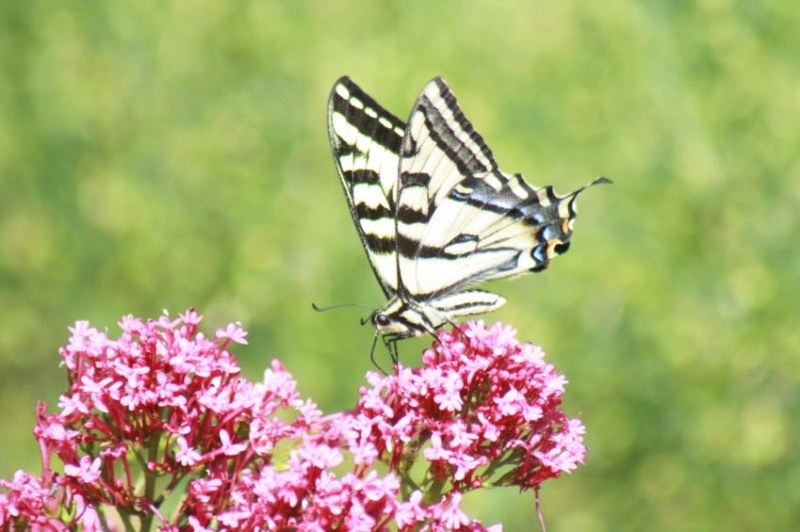House Flies and Butterflies
By Dave Hanks
Put all the animals of the world together, from the smallest and simplest to the biggest and most complex – figure the average and the AVERAGE SIZE of all would be the size of a HOUSE FLY.
This emphasizes the abundance of small things that are often overlooked. They must be important because of their numbers. And all the varieties!
We major beings should be grateful for those tremendous quantities at the base of the food web that are “holding us up”! The unceasing quest
to reduce variety is wrong. VARIETY must be an important eternal principle or there wouldn’t have been so much of it created!
Butterflies (bigger than flies) would be some of the larger animals on the planet. Some of the most common, here in Southern Idaho, are Swallow Tails. These are large, colorful, and quite noticeable. There are over 550 species in the family Papilionidae. Most of this family are tropical and includes the largest butterflies in the world. Their forked tails gives the name to this class of insects.
While butterflies are beautiful, they are essential for keeping ecosystems healthy. They are pollinators – in fact only bees perform more pollination than butterflies and moths. The transfer of reproductive material from the anther of one flower to the stigma of another flower is essential for a balanced environment for both plants and animals.
There are barriers to butterfly survival as natural habitats are destroyed. These very important members of the world’s health insurance can receive help by those folks that create butterfly gardens (plant variety – flowers). These gardens are not only aesthetic, but contribute greatly to butterfly populations.
(A Swallow Tail enabling a flower to fulfill its purpose)
|
